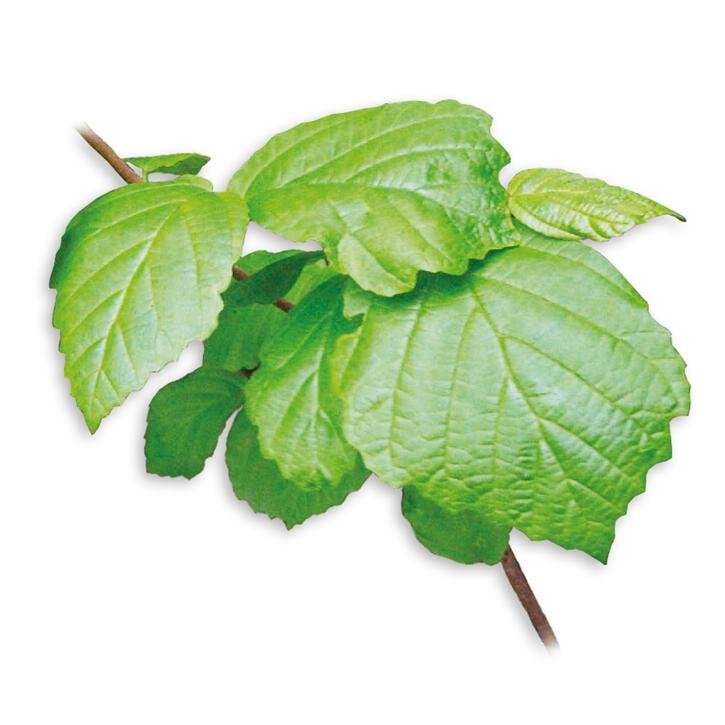Shrub which can reach up to
It comes from
Hamamelis in Greek means ‘similar to honey’ although it has nothing to do with the characteristics of the plant. The American colonists called it witch hazel (haunted bush), because it flourished in winter and the Indians managed to work wonders using it in order to heal wounds.
The leaves and sometimes the bark.
Leaves contain not less than 3% of tannins, expressed as pyrogallol (C6H6O3; Mr 126.1), calculated in relation to the dry drug.
The dry drug is odorless and its flavor is slightly bitter and astringent. This plant is often falsified sometimes with hazel leaves when it is sold in markets so it is advisable don’t buy it in doubtful sites.
Internal use
External use
Real Farmacopea Española, 2ªedición. 2002.
Farmacopée Française IX Édition.
British Herbal Pharmacopoeia, 1983.
Herbal Drugs and Phytopharmaceuticals. Norman Grainger Bisset (Ed). Max Wichtl. CRC Press.1994.
Plantas Medicinales y Drogas Vegetales para infusión y tisana. Edición española a cargo de: Salvador Cañigueral, Roser Vila, Max Wichtl.1998.
Plantas Medicinales. Thérapeutique-Toxicité. Christiane Vigneau. Masson, Paris 1985.
Plantas Medicinales. Margarita Fernandez y Ana Nieto. Ed Universidad de Navarra. EUNSA 1982.
Fitoterapia: Vademecum de Prescripción. Plantas Medicinales. Colaboran: Asociación española de médicos naturistas. Colegio Oficial de Farmacéuticos de Vizcaya.
Matière Médicale (tomo II). RR Paris- H. Moyse. Masson 1981.
Pharmacognosy 9th edition. Varro E. Tyler – Lynn R. Brady – James E. Robbers.
100 Plantes Medicinales. Max Rombi.Romart 1998.
The Complete German Commission E Monographs. Therapeutic Guide To Herbal Medicines. Mark Blumenthal. American Botanical Council 1998.
Fitoterapia Aplicada. J.B. Peris, G. Stübing, B.Vanaclocha. Colegio Oficial de Farmacéuticos de Valencia 1995.
Pharmacognosy, Phytochemistry, Medicinal Plants. Jean Bruneton. Lavoisier Publishing.
Jean Bruneton. Farmacognosia. Fitoquímica Plantas Medicinales. 2ª Edición. 2001. Ed Acribia. S.A.
